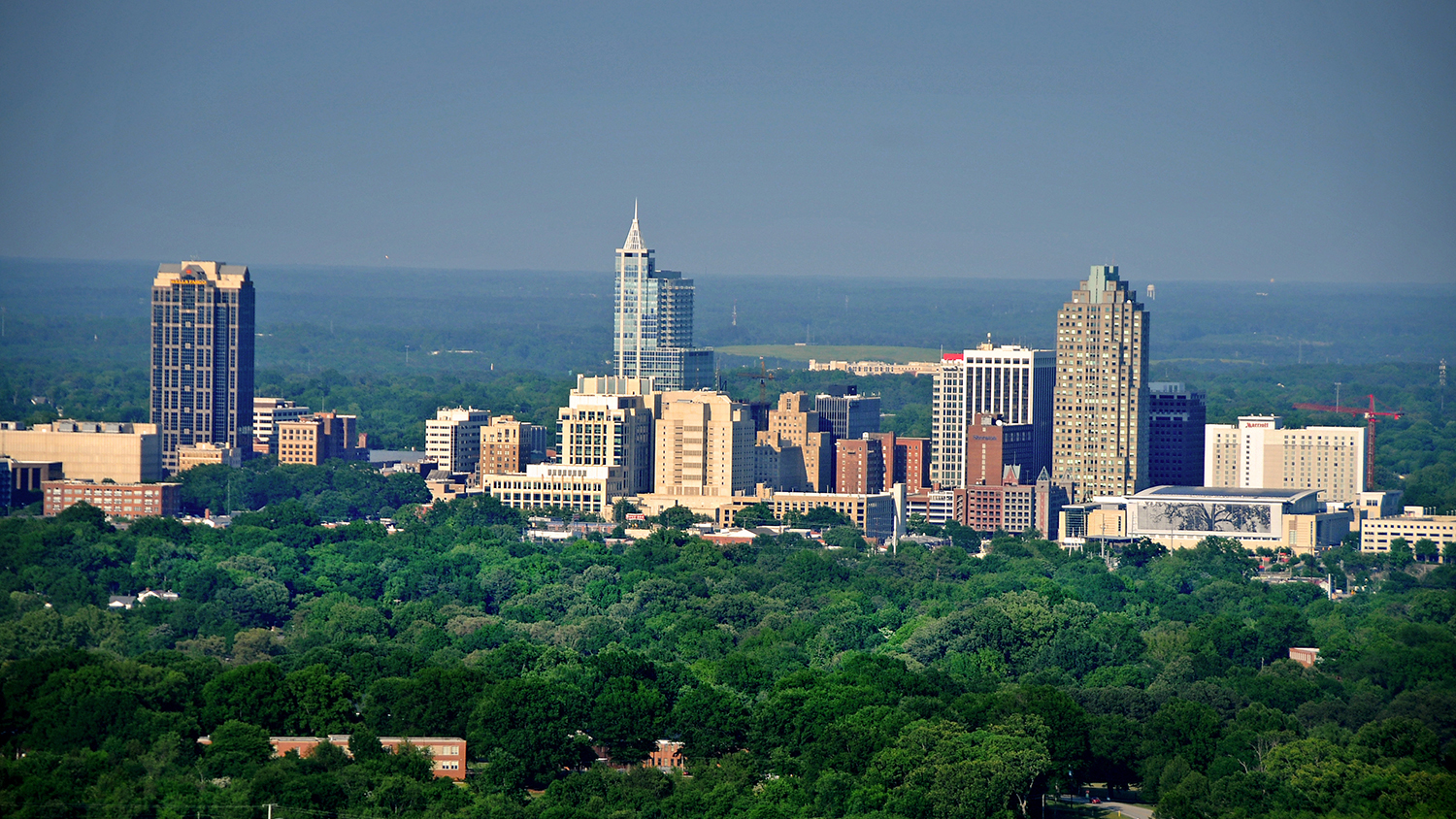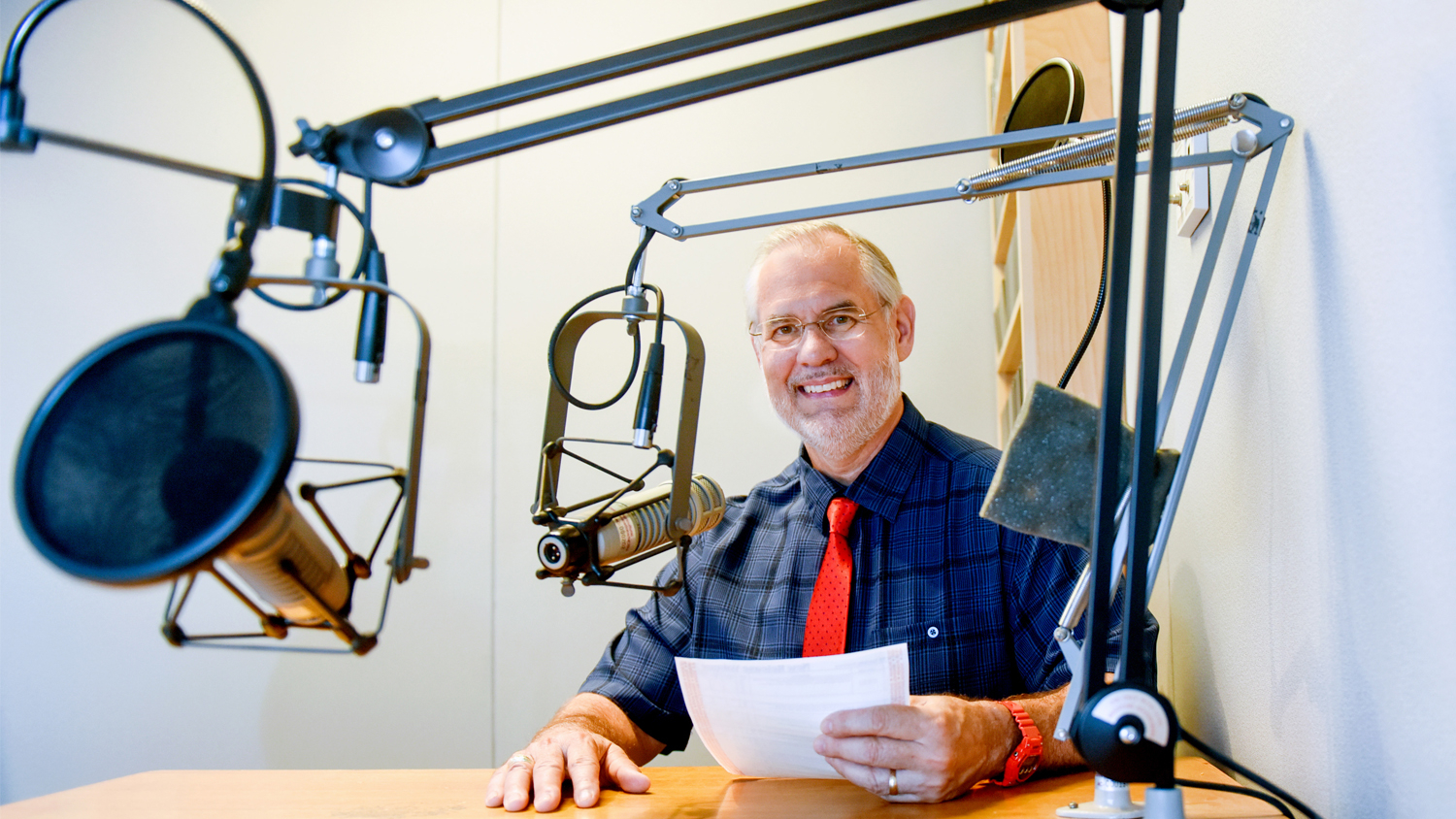You Decide: Can We Begin to Close the Urban/Rural Divide in 2021?

By Dr. Mike Walden
Recently the federal government’s Bureau of Labor Statistics (BLS) released a report showing the extent of the urban/rural divide in the country. Before I get into the details, some background is in order. In its essence, the urban/rural divide is a shortcut for saying overall prosperity levels in urban areas and rural areas have widened in recent decades. Average prosperity in urban areas has improved, while average prosperity in rural regions has improved at a much slower rate, or – in some cases – has shrunk.
It wasn’t always this way. For example, in North Carolina a century ago, rural areas and small towns dominated the state’s economy. The “Big Three” – tobacco, textiles and furniture – were the state’s leading industries, and they put the state “on the map” both nationally and internationally.
Then mechanization and technology, the replacement of brains for brawn as the main human skill, and globalization all combined to reshape the economy. Mechanization and technology replaced human labor on the farm and in the factories, including the textile and apparel factories so prevalent in our state’s rural counties. Humans therefore became more important for their cognitive skills instead of their physical capabilities. The expansion of international trade (globalization) in the late 20th and 21st centuries reinforced these trends by giving companies greater access to lower-cost labor in foreign countries.
At the same time these changes were hurting rural economies, the “new economy” was benefitting urban economies. Built around college graduates, the new economy includes technology, pharmaceuticals, finance and the professions. Workers in these sectors have flocked to cities – where the colleges and universities are usually located – and where they enjoy the excitement, entertainment and amenities of the urban lifestyle.
The BLS analysis puts stark numbers on the urban/rural divide created by these factors. Urban jobs are weighted toward professional occupations like computer analysts, engineers, architects, business managers and healthcare practitioners. Leading rural occupations are in food preparation and delivery, trucking, farming and home health care assistance. STEM (science, technology, engineering, mathematics) employment as a percent of total employment is over twice as great in urban counties than in rural counties.
The net result of these differences is seen in average salaries, which are 30 percent higher in urban regions than in rural areas. Higher costs – especially for housing – in urban settings account for some of this difference, but even after these extra costs are subtracted, urban workers are several thousands of dollars ahead.
Narrowing the urban/rural divide has been talked about for a long time, with – at best – modest success. A big reason is the fundamental reasons for the gap – as cited above – are big, big forces, often beyond the ability of any individual state or locality to address.
Consider international trade, and the production of many products – like clothing and even technology – taking place in foreign countries where labor is cheaper. For decades, the U.S. has run a “trade deficit” – meaning we purchase more from foreign countries than we sell to them. One approach to reducing the deficit is to play hard-ball, such as imposing tariffs (essentially a tax) on foreign imports until the selling country agrees to buy more from us. The Trump administration has tried this, but the result was a “trade war” where the foreign country (mainly China) also put tariffs on our sales to them. As a result, the economies in both countries were hurt.
An alternative is to put additional resources into job training and infrastructure development in rural counties so these regions can attract new economy jobs. Of course, there’s always a question of funding. If the increase in imports is one reason for the relative decline in rural areas, then an argument can be made for putting a modest fee on those imports to raise money to help rural America. For example, a fee of 1 cent per every dollar of imports would raise $26 billion annually. Such funds could help provide more money for skill-upgrading of rural workers as well as for high-speed internet installation. The expectation is, with the proper skills and internet access, then maybe rural locations could successfully compete for some of the jobs now going to urban centers.
Then there’s the question of whether the pandemic has permanently changed the comparisons between urban and rural areas, with the dial now pointing more to rural locations. Will people and businesses value the lower population densities in rural sites as a guard against future contagious viruses? And what if remote working does eventually reach half the working population, as some experts predict? With no need to daily commute to jobs, will more workers choose to live in quaint small towns or beautiful, pristine rural environments, assuming internet connections are available? If so, this could be a big game-changer in reducing the divide.
The urban-rural divide is a major challenge for North Carolina, as it is for most states. In 2021, could we be on the verge of some major policy, technological and preference changes that would finally begin to close the prosperity gap between urban and rural locations? You decide.
Walden is a William Neal Reynolds Distinguished Professor and Extension Economist in the Department of Agricultural and Resource Economics at North Carolina State University who teaches and writes on personal finance, economic outlook and public policy.
- Categories:


